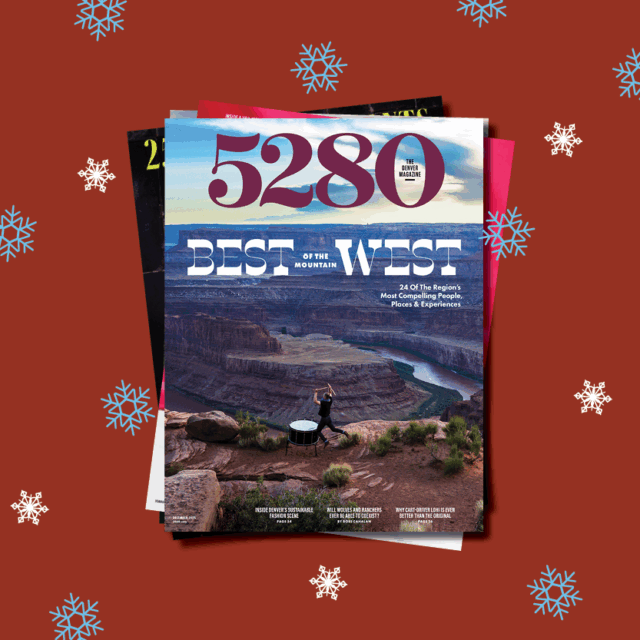The Local newsletter is your free, daily guide to life in Colorado. For locals, by locals.
Perhaps one of the scariest things about hate is its insidious creep. If we’re willing to accept one prejudiced behavior, is it really all that difficult to accept the next one? “Name-calling and stereotyping can lead to dehumanizing, which can lead to discrimination,” says the Anti-Defamation League’s Jeremy Shaver. “That’s why it’s so important not to let a racist or sexist joke go by—because those things unchecked can lead to worse behaviors.” That’s also why the ADL has developed a “Pyramid of Hate” to help illustrate how seemingly low-level bias can build on itself. Here’s how to recognize those layers—some subtle, some decidedly not—from bottom to top, as exemplified by recent Centennial State incidents.

Biased Attitudes
Behaviors include using insensitive language, stereotyping, and issuing “microaggressions” (language or actions that are subtly hostile or disparaging; e.g., saying an African American person is “well-spoken”).

Close To Home: In April 2018, Colorado State University campus police questioned two Native American brothers on a school tour after a (white) parent on the tour called to report them, saying they made her nervous because they were wearing dark clothing and acting oddly. In fact, the two young men were prospective students from New Mexico who had joined the tour late. CSU’s administration later apologized for the incident.

Acts Of Bias
This layer encompasses actions like telling belittling jokes, avoiding social interaction with “others,” using slurs, name-calling, and bullying.
Close To Home: Rifle resident Linda Dwire was charged with bias-motivated harassment (a misdemeanor) in October 2018 after allegedly yelling at two women in a grocery store who were conversing in Spanish and chastising them for not speaking English. The only upside to the incident? Another local resident, Kamira Trent, confronted Dwire, shooed her out of the store, and called the police, who responded to the scene. In December, Dwire entered a diversionary mediation program, the completion of which allowed her to avoid formal charges.

Discrimination
This includes any discrimination—educational, employment, housing—carried out by a business, an individual, or a public institution, as well as segregation and inequitable treatment by the criminal justice system.
Close To Home: It is illegal for a business to deny service to someone in a protected class. So when a disabled individual with a certified service dog wasn’t granted access to a Snowmass restaurant because of her service animal in 2017, the Colorado Civil Rights Commission—which handles civil discrimination cases for the state—stepped in and issued a ruling of probable discrimination. The dispute was settled through mediation.
Bias-Motivated Violence
Everything from threats and vandalism up to assault and murder falls into this category.
Close To Home: In June 2019, Hope Tank on South Broadway and BookBar on Tennyson Street were both vandalized by white nationalists, who left racist stickers on their windows. BookBar was targeted again the next day during its Drag Queen Story Time in an apparent attempt to intimidate the LGBTQ community. (Also see “Anatomy Of A Hate Crime.”)
Genocide
The systemic annihilation of an entire people. See: Germany circa 1941, Rwanda in 1994, and Myanmar today.
Close To Home: None to speak of in Colorado’s recent history, although the 1864 Sand Creek Massacre, in which Arapahoe and Cheyenne tribes were decimated, would certainly count—as would the myriad other annihilations of American Indians in previous centuries.








